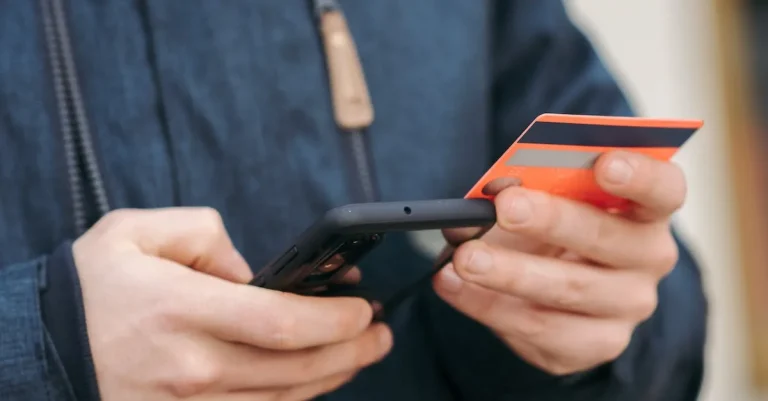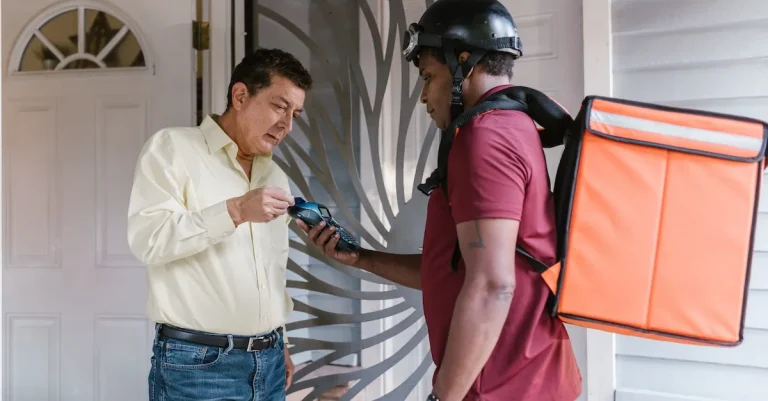How to Transfer EBT to Another State: A Comprehensive Guide
Moving to a new state can be an exciting time, but it can also be a bit overwhelming. There’s a lot to think about, from packing up your belongings to finding a new job and home.
One thing that many people don’t realize is that they may need to transfer their Electronic Benefits Transfer (EBT) benefits to their new state.
If you’re short on time, here’s a quick answer to your question: You cannot transfer your EBT benefits directly from one state to another. Instead, you’ll need to close your EBT case in your old state and apply for a new EBT case in your new state.
In this article, we’ll provide you with a step-by-step guide on how to transfer your EBT benefits to another state.
We’ll also cover some important things to keep in mind when transferring your benefits, such as the eligibility requirements and the timeline for transferring benefits.
What is EBT?
EBT, which stands for Electronic Benefits Transfer, is a program that allows beneficiaries to receive food assistance benefits electronically.
EBT cards, which work like debit cards, are loaded with funds that can be used to purchase eligible food items at participating retailers.
The program is administered by the U.S. Department of Agriculture (USDA) and aims to help low-income individuals and families buy food.
There are two types of EBT benefits – Supplemental Nutrition Assistance Program (SNAP) benefits, formerly known as food stamps, and Special Supplemental Nutrition Program for Women, Infants, and Children (WIC) benefits.
SNAP provides assistance to eligible low-income households to supplement their food budget, while WIC offers nutrition education and supplemental foods to pregnant women, new mothers, infants, and children under 5.
What types of food items are eligible for purchase with EBT?
With SNAP benefits loaded on an EBT card, you can buy:
- Fruits and vegetables
- Meat, poultry, fish
- Dairy products
- Breads and cereals
- Snack foods and non-alcoholic beverages
- Seeds and plants for growing food at home
However, SNAP benefits cannot be used to purchase alcoholic beverages, tobacco, vitamins, medicines, prepared foods, and nonfood items like pet food, household supplies, cosmetics, etc.
WIC EBT can be used to purchase specific nutritious WIC-approved foods, including milk, cheese, yogurt, soy milk, fruits, vegetables, cereal, bread, eggs, peanut butter, canned fish, baby foods, etc. The eligible food items may vary by state.
Where can I use my EBT card?
EBT cards can be used at most major supermarkets and grocery stores. You can also use it at some farmers’ markets, community-supported agriculture programs, and convenience stores that are authorized to accept EBT payments.
Some states have online EBT portals that allow beneficiaries to order food online for delivery or pickup.
When checking out, inform the cashier that you will be paying with your EBT card. The payment will be deducted from the SNAP or WIC balance in your EBT account. Most retailers now have EBT-compatible point-of-sale devices.
Your EBT card cannot be used at restaurants, liquor stores, or other food retailers that do not offer staple food items.
Why can’t I transfer my EBT benefits directly from one state to another?
EBT is a state-administered program
The Supplemental Nutrition Assistance Program (SNAP), formerly known as food stamps, is administered by each state through the Electronic Benefits Transfer (EBT) system.
SNAP is a federal program, but the benefits are distributed by each state’s social services agency according to eligibility rules and benefit levels determined at the state level.
This means that SNAP and EBT are not nationwide programs. Rather, there are 50 separate state-run SNAP programs, each with its own EBT card and system for providing benefits.
Your SNAP eligibility and benefit amount are determined based on the rules in your home state.
When you move to a new state, you have to reapply for SNAP benefits in that state and meet the eligibility requirements there.
Each state has its own eligibility requirements and benefit levels
To qualify for SNAP benefits, you must meet certain federal requirements related to income, resources, and other factors.
But beyond these baseline federal rules, each state can impose additional eligibility requirements and application procedures.
For example, some states have tighter gross and net income limits or asset tests for SNAP. Some states require fingerprinting or drug testing for applicants. The verification documents needed, such as pay stubs or utility bills, can also vary by state.
Additionally, the maximum SNAP benefit allotments are calculated using formulas that take state cost-of-living data into account.
As a result, the average SNAP recipient in New York gets $212.09 monthly in benefits, while in California, it’s $263 per month.
So, your eligibility for SNAP and the amount of benefits you receive each month depend entirely on the state you reside and apply in.
This makes transferring benefits from one state to another administratively impossible without applying them all over again.
How to transfer my EBT benefits to another state
Close your EBT case in your old state
If you are moving to a new state and want to transfer your EBT food stamp benefits, the first step is to close out your existing EBT case in the state you are leaving.
Here’s what you need to do:
- Contact your local EBT office or call the EBT customer service number for your current state. Let them know you are moving out of state and want to close your EBT case.
- Provide them with your new out-of-state address and the date you will be moving. In most states, you must report your move out of state within 10 days.
- If you have any EBT cards for your case, you will be asked to destroy and dispose of the cards once the case is closed. This prevents further use of the old EBT card.
- Be sure to use any remaining EBT benefits on your old card before your move date. Benefits left on the card will be forfeited when the case is closed.
- Request a closure letter from your old state’s EBT office. This shows you have closed the case and will be needed to open a new case in your new state.
Once these steps are completed, your EBT benefits will be turned off in the old state, effective on your move date. This paves the way for transferring your EBT to the new state.
Apply for a new EBT case in your new state
After closing your EBT case in the old state, you need to apply for benefits in your new home state.
Here is how to transfer EBT and open a new case:
- Contact the EBT office in your new state right away. Apply for food stamp benefits and provide your move date and new address.
- Inform them you had an active EBT case in your old state that you just closed due to moving. Provide the closure letter from the old state.
- Be prepared to provide all required verification documents for a new EBT application, such as ID, income statements, immigration status docs if applicable, etc.
- If approved for EBT, your new benefit amount may differ based on the eligibility rules and cost of living in the new state.
- A new EBT card will be mailed to your address on file. This replaces the old card from the previous state.
It is crucial to apply for EBT right away in your new home state. This prevents any gap in benefits during the transition.
Most states require processing new applications within 30 days.
Planning ahead and promptly reporting your move is key to seamlessly transferring your EBT food assistance.
Important things to keep in mind when transferring your EBT benefits
Eligibility requirements
When transferring your EBT benefits like SNAP food stamps to another state, you’ll need to meet certain eligibility criteria.
This includes having an active EBT card, proving residency in your new state, meeting income limits, and other requirements.
It’s crucial to notify your old state’s EBT office that you’re moving so they can start the transfer process.
Failing to report your move may lead to discontinued benefits. Check details on eligibility at the USDA’s SNAP eligibility page.
Timeline for transferring benefits
It usually takes 30-60 days to fully transfer your EBT card and benefits to a new state.
First, inform your old state you’re moving to. Next, apply for benefits in your new state.
While the transfer is processing, use any remaining funds on your old card.
Once approved, your new state will issue you a new EBT card loaded with the transferred balance within 1-2 months. Delays can happen, so apply for benefits in the new state ASAP and follow up frequently on the transfer status.
What if I have benefits remaining on my EBT card when I move?
If your old EBT card still has a balance when you move, you can continue using it for purchases in authorized stores under that state’s program.
However, it’s ideal to use up all funds prior to moving since cards can’t be transferred across state lines.
When the transfer goes through, any remaining balance will be credited to your new state’s EBT card.
What if I need help transferring my EBT benefits?
Contact both your old and new state’s EBT customer service departments if you need assistance transferring benefits.
They can explain requirements, check application status, and expedite transfers if needed.
You can also get help from local non-profit organizations that assist families in navigating public assistance programs.
With some persistence and help, you can successfully switch over EBT benefits to start receiving vital food aid and cash assistance in your new home state.
Conclusion
Transferring your EBT benefits to another state can be a simple process, but it’s important to plan ahead and follow the steps outlined in this article.
If you have any questions or concerns, be sure to contact your local EBT office for assistance.










